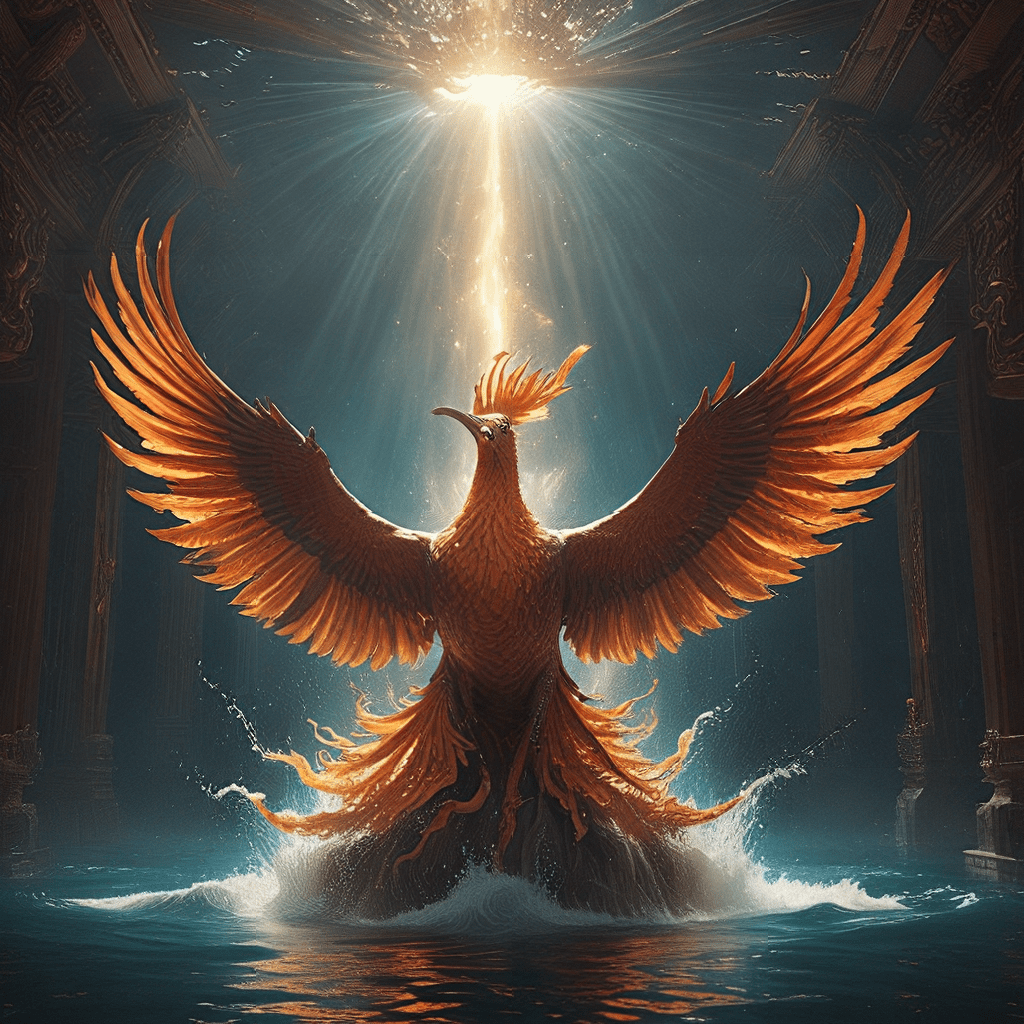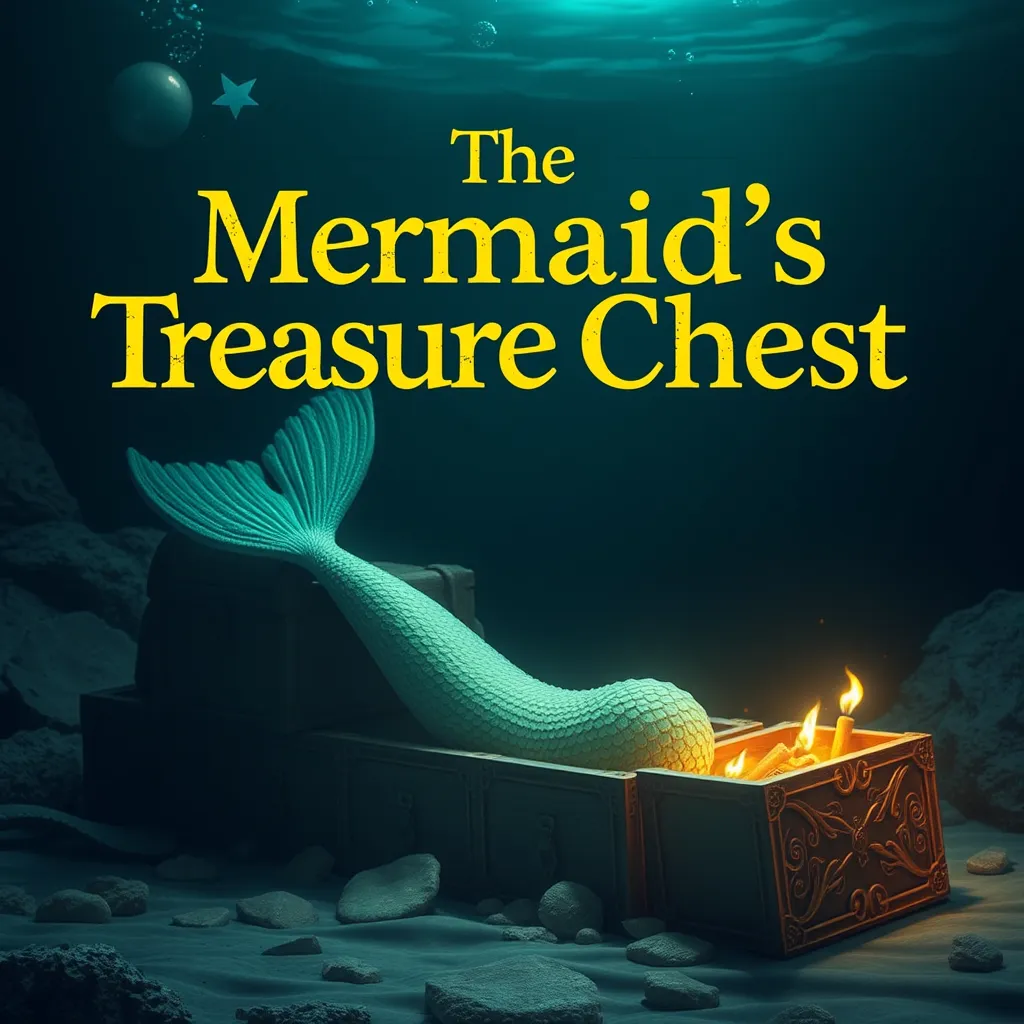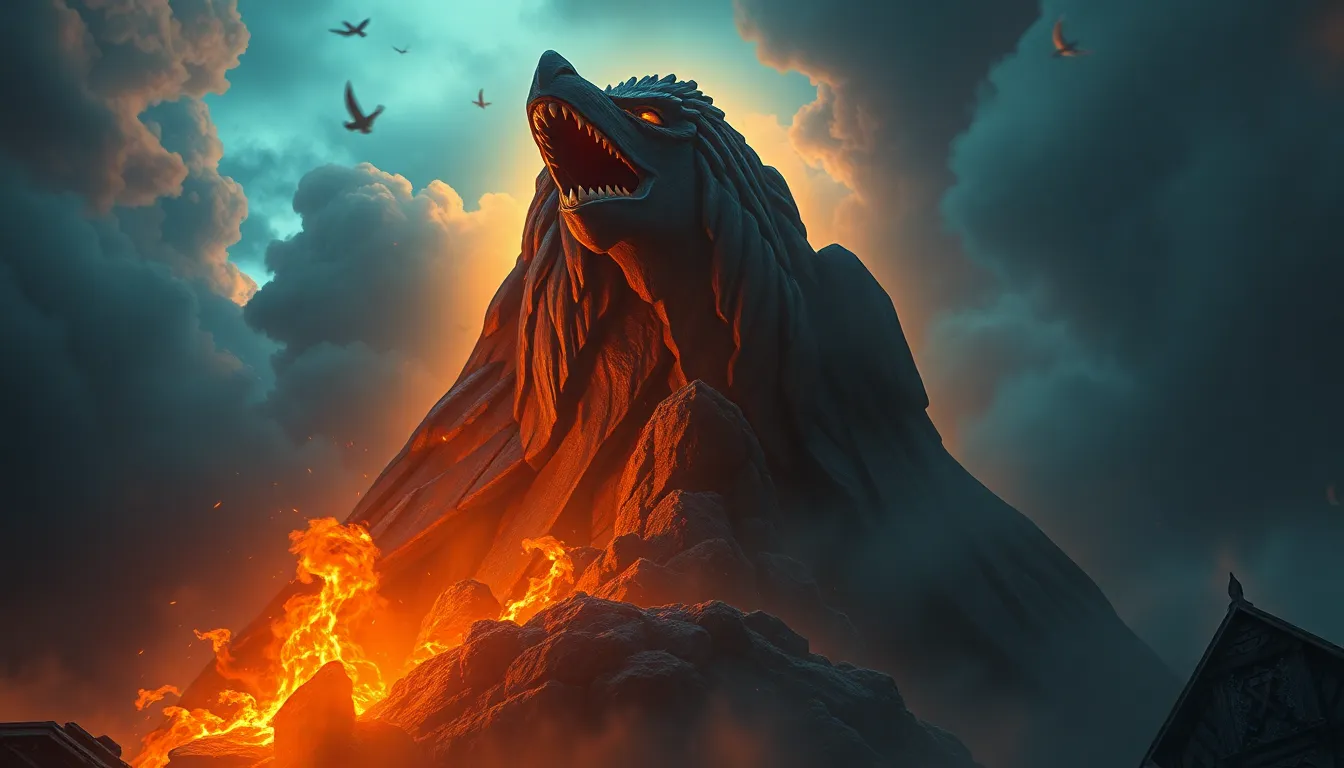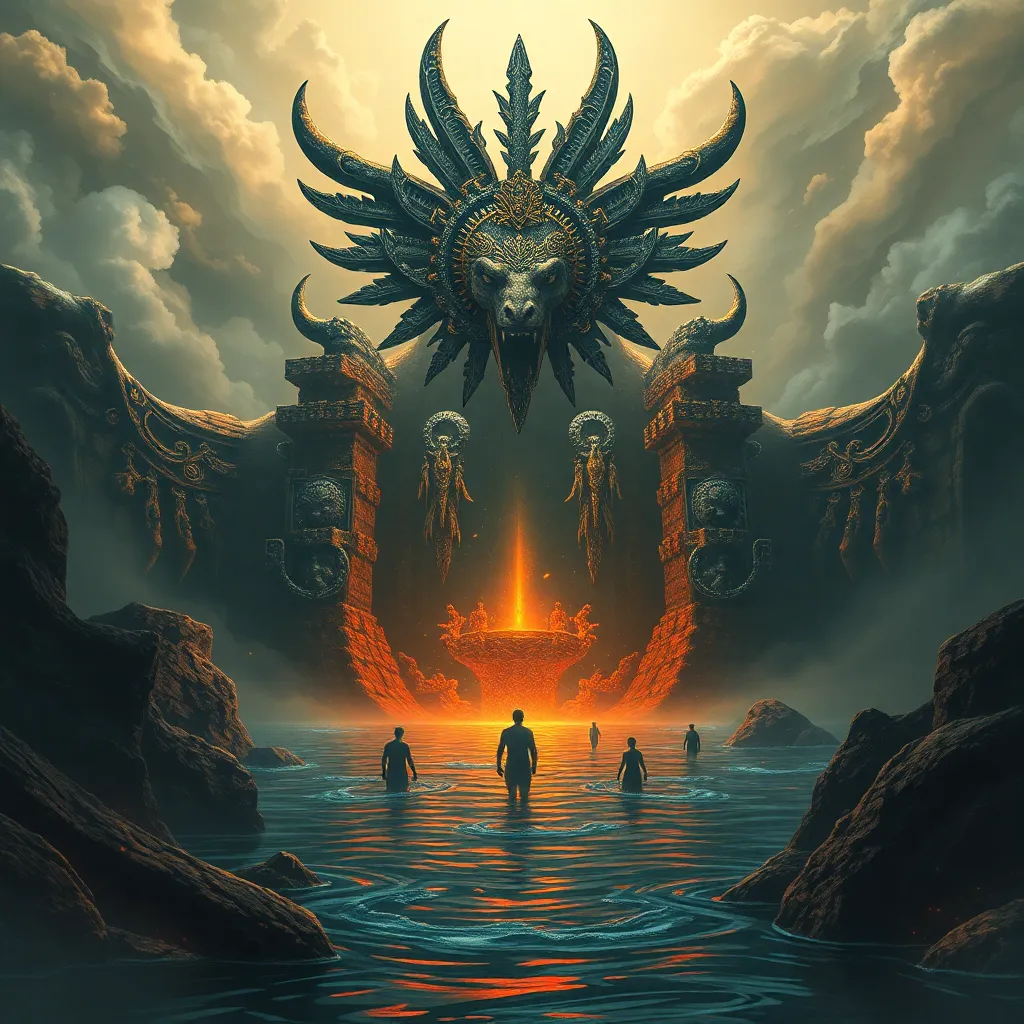The Mythical Phoenix: A Bird of Fire and Renewal
The phoenix, a legendary bird known for its fiery demise and spectacular rebirth, has captivated imaginations for centuries. Originating in ancient Egypt, the phoenix symbolizes cyclical renewal, resurrection, and immortality. This mythical creature is depicted as a magnificent bird, often with brilliant plumage, that lives for hundreds of years. When its time approaches, the phoenix builds a nest of fragrant spices and sets itself ablaze. From the ashes, a new phoenix emerges, a symbol of life triumphing over death. This cyclical process is a powerful allegory for the transmutations and transformations that occur throughout our lives.
The phoenix is a potent symbol found across cultures, appearing in ancient Greek, Roman, and Christian mythology. The Egyptians believed the phoenix represented the sun god Ra, who would rise every day from the ashes of the night. In Christian tradition, the phoenix signifies the resurrection of Christ and the hope for eternal life. The image of the phoenix has inspired countless works of art, literature, and music, reflecting its enduring appeal as a symbol of hope, resilience, and the promise of new beginnings.
The Whale in Mythology: Guardian of the Depths and Cosmic Symbol
Throughout history, the whale has held a place of both awe and fear in human mythology. These colossal creatures, inhabiting the vast and mysterious depths of the ocean, have been seen as guardians of the unknown and symbols of the cosmic forces that shape our world. In many cultures, the whale is associated with creation myths, representing the primordial chaos from which life emerged.
For example, in Polynesian mythology, the whale is believed to have created the islands by diving and pushing up the seabed. In Norse mythology, the whale Jormungandr, also known as the World Serpent, is a fearsome creature that encircles the world. Its eventual death, prophesied to coincide with Ragnarok, the end of the world, underscores its significance as a symbol of both creation and destruction.
The whale’s connection to the vast, watery depths also makes it a powerful symbol of the unconscious mind, a realm of primal instincts, hidden memories, and spiritual insights. In many narratives, the whale becomes a vehicle for spiritual journeys, a means of accessing the hidden depths of the psyche.
The Deep: A Metaphor for the Unconscious Mind
The deep, whether it refers to the ocean depths or the vastness of the unconscious mind, is a metaphor for the unknown, the mysterious, and the hidden. It represents a realm beyond our conscious awareness, a place where instinct, emotions, and primal fears reside. This deep, unexplored territory is often characterized by darkness, silence, and an overwhelming sense of mystery.
In psychological terms, the unconscious mind is a repository of our repressed memories, hidden desires, and buried emotions. It exerts a powerful influence on our thoughts, behaviors, and actions, even when we are unaware of its workings. Exploring the deep, both literally and metaphorically, can be a challenging but ultimately transformative experience, leading to a deeper understanding of ourselves and the world around us.
The Phoenix and the Whale: A Symbolic Duality
The phoenix and the whale, while appearing quite different on the surface, embody a compelling symbolic duality. The phoenix ascends from the ashes into the light, representing rebirth, renewal, and the transformative power of the human spirit. The whale dives into the depths, representing the unconscious mind, hidden potential, and the primordial forces that shape our world.
This duality highlights the complementary nature of these two symbolic forces. The phoenix’s ascent into the light is made possible by the whale’s descent into the darkness. Similarly, the conscious mind, symbolized by the phoenix, is enriched and informed by the unconscious, symbolized by the whale. This interplay between opposites is vital for personal growth, spiritual development, and the cyclical process of rebirth.
The Phoenix’s Ascent: Rebirth and Transcendence
The phoenix’s ascent from the ashes is a powerful symbol of rebirth and transcendence. It represents the ability to rise above adversity, to overcome challenges, and to emerge stronger and renewed. This process of transformation involves a shedding of the old, a release of past limitations, and an embrace of new possibilities. The phoenix’s flight into the heavens signifies the attainment of a higher state of being, a spiritual awakening, and a connection to something greater than ourselves. This transformative journey is a testament to the resilient nature of the human spirit, our capacity for growth, and our potential for achieving higher levels of consciousness.
The Whale’s Descent: Diving into the Unconscious
The whale’s descent into the depths of the ocean is a symbolic journey into the unconscious mind. This underwater realm, shrouded in darkness and teeming with unknown creatures, mirrors the vast and unexplored depths of our inner world. Just as the whale navigates the ocean’s currents and encounters hidden reefs, we navigate the complexities of our emotions, memories, and instincts. The whale’s descent represents a willingness to confront our inner darkness, to face our fears, and to explore the hidden depths of our being. This journey of self-discovery can be both challenging and rewarding, leading to a deeper understanding of ourselves and our place in the world.
Jungian Archetypes: The Phoenix and the Whale as Representations of the Self
Carl Jung, the renowned Swiss psychiatrist, believed that certain universal symbols, called archetypes, exist within the collective unconscious. These archetypes, recurring patterns of thought and behavior, represent fundamental human experiences and motivations. The phoenix and the whale are powerful examples of archetypes, embodying contrasting yet complementary aspects of the human psyche.
The phoenix embodies the archetype of the Self, representing our drive for individuation, our search for meaning and purpose, and our potential for transformation. The whale, on the other hand, represents the Shadow, a hidden aspect of our personality containing our repressed desires, fears, and instincts. By acknowledging and integrating both the Self and the Shadow, we move toward wholeness and greater self-awareness.
The Cycle of Rebirth: A Universal Human Experience
The phoenix’s fiery demise and subsequent rebirth encapsulates a universal human experience: the cycle of life, death, and renewal. This cycle is not limited to physical death but encompasses all aspects of our lives, from personal growth to spiritual evolution. We shed old habits, beliefs, and identities, and emerge transformed, ready to embrace new challenges and possibilities.
The phoenix and the whale, in their symbolic dance, highlight the cyclical nature of growth and transformation. The phoenix’s ascent represents a conscious effort to integrate new knowledge and experiences, while the whale’s descent allows us to access the raw materials of our unconscious, providing fuel for our personal evolution. This continuous cycle of rebirth is the essence of human experience, propelling us forward on a journey of self-discovery and spiritual growth.
The Phoenix and the Whale in Literature and Art
The symbolic power of the phoenix and the whale has captivated artists and writers for centuries. These mythical creatures have been incorporated into countless works of literature, art, and film, enriching our understanding of human nature and the universal themes of rebirth, transformation, and the eternal struggle between light and darkness.
From ancient myths to modern novels, the phoenix and the whale have found their way into our storytelling traditions. The phoenix, as a symbol of hope and resilience, often serves as a protagonist in tales of overcoming adversity and finding redemption. The whale, representing the depths of the unconscious, is often portrayed as a powerful and enigmatic creature that guides protagonists through transformative journeys. In visual art, the phoenix and the whale have been depicted in various forms, capturing their symbolic power and illuminating the complexities of human experience.
The Phoenix and the Whale in Modern Psychology
The archetypal symbolism of the phoenix and the whale continues to resonate with modern psychology. Psychotherapists often utilize these archetypes to help individuals explore their inner world and understand their own personal narratives. The phoenix’s journey of rebirth can provide hope and inspiration for individuals facing difficult challenges, while the whale’s descent into the unconscious can offer insights into repressed emotions and hidden motivations.
Modern psychological theories, such as Jungian psychology, continue to draw upon the symbolic power of the phoenix and the whale to deepen our understanding of human behavior and the complexities of the psyche. These archetypes serve as invaluable tools for self-exploration, allowing us to delve into the depths of our inner world and embark on a journey of personal transformation.
FAQ
**What is the significance of the phoenix in mythology?**
The phoenix is a legendary bird that symbolizes renewal, rebirth, and immortality. Its fiery demise and subsequent emergence from the ashes represent a cyclical process of transformation.
**What does the whale symbolize in mythology?**
The whale, a creature of the deep, is often associated with the unconscious mind, primordial forces, and the vastness of the unknown. It represents the hidden depths of our being and the mysteries of the world.
**How do the phoenix and the whale complement each other as symbols?**
The phoenix’s ascent into the light represents conscious awareness and spiritual growth, while the whale’s descent into the darkness symbolizes the exploration of the unconscious mind. Together, they highlight the interplay between conscious and unconscious forces in shaping our lives.
**What is the connection between the phoenix and the whale and the cycle of rebirth?**
The phoenix’s rebirth and the whale’s cyclical journey through the depths of the ocean both represent the universal cycle of life, death, and renewal. This cycle is not limited to physical death but encompasses all aspects of our lives, from personal growth to spiritual evolution.
**How are the phoenix and the whale used in modern psychology?**
These archetypes serve as valuable tools for self-exploration and therapy, helping individuals understand their inner world and embark on a journey of personal transformation. Psychotherapists often utilize these symbols to help individuals confront their fears, process their emotions, and integrate their shadow selves.




